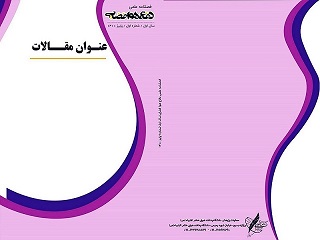Document Type : Original Article
Authors
1 Master's student, Radiation Health, Faculty of Health, Shahid Sadoughi University of Medical Sciences
2 Master's degree in Geophysics, Shahrood University of Technology, Shahrood
Abstract
examines the extent of radioactive pollutant dispersion and radiation dose received due to hypothetical nuclear bomb explosion in central Iran using HYSPLIT and GDAS data, without considering chemical reactions. results indicate that the predominant direction of radioactive fallout is northeast, with a minor amount towards southeast of explosion site. The spread of radioactive materials reaches approximately 300 kilometers from the explosion site within 12 hours, affecting Yazd province, southern regions of South Khorasan, and northern Kerman province. Additionally, dispersion and deposition of particles, as well as dose distribution, are highly dependent on local meteorological conditions. Initially, cloud grows significantly and reaches an altitude of 5,000 meters. Over time, particles settle over time , leading to greater deposition. peak concentration of deposited particles exceeds concentration of those dispersed, with maximum concentration and deposition occurring in northeastern area about 200 kilometers from explosion site, where radiation dose received by individuals exceeds 100 millisieverts. Furthermore, the total dose received by individuals on ground at 0 meter is higher than total dose received at altitudes of 0 to 100 meters. As time passes, density of radioactive cloud decreases, subsequently reducing radiation dose received by individuals. doses received by most individuals are significantly above permissible limits set by International Commission on Radiological Protection (ICRP). In terms of radioactivity, very few areas fall within the controlled zone, while most are classified as prohibited zones. emphasizes the importance of predicting and modeling dispersion of radioactive pollutants and demonstrates that instantaneous atmospheric conditions greatly influence accuracy of predictions.
Keywords
Main Subjects

